12 Dishes People Only Learned to Love Once They Ate Them Right

Some foods never stand a chance the first time you try them. Maybe they were cooked without care, missing seasoning, or served in a way that hid what made them special. Then you taste them again, prepared well, and suddenly everything changes. Flavors feel balanced, textures make sense, and you finally understand why other people love them. You appreciate ingredients you used to avoid and notice details you never paid attention to before. That second chance turns what seemed unappealing into a favorite you reach for again and again.
1. Sushi

A lot of people try sushi for the first time at the wrong restaurant or choose options that are too intense for beginners. When you taste fresh sushi with well cooked rice, clean fish, and simple fillings like tuna or salmon, it makes sense. You also learn that sushi isn’t only raw fish. It includes vegetable rolls, cooked ingredients, and flavors that let you ease in. The real turning point is tasting it somewhere that prepares it with skill instead of a budget buffet that doesn’t handle seafood well. Once you start with easier rolls and work your way up, you build confidence and curiosity. Before long, the flavors and textures become something you look forward to instead of something you fear.
2. Brussels Sprouts

Most childhood experiences with Brussels sprouts involve boiling them until they turn soft and bitter. When you roast them in oil and high heat, something different happens. The outside caramelizes, the inside softens, and the natural sweetness comes out. Add garlic, cheese, balsamic glaze, or bacon and the entire dish becomes something you enjoy instead of tolerate. The problem was never the vegetable itself. It was bad cooking that took away what makes it shine. Once you experience them cooked properly, you realize how versatile they are in salads, pastas, and grain bowls. They go from childhood punishment to a vegetable you actually choose on purpose.
3. Oysters
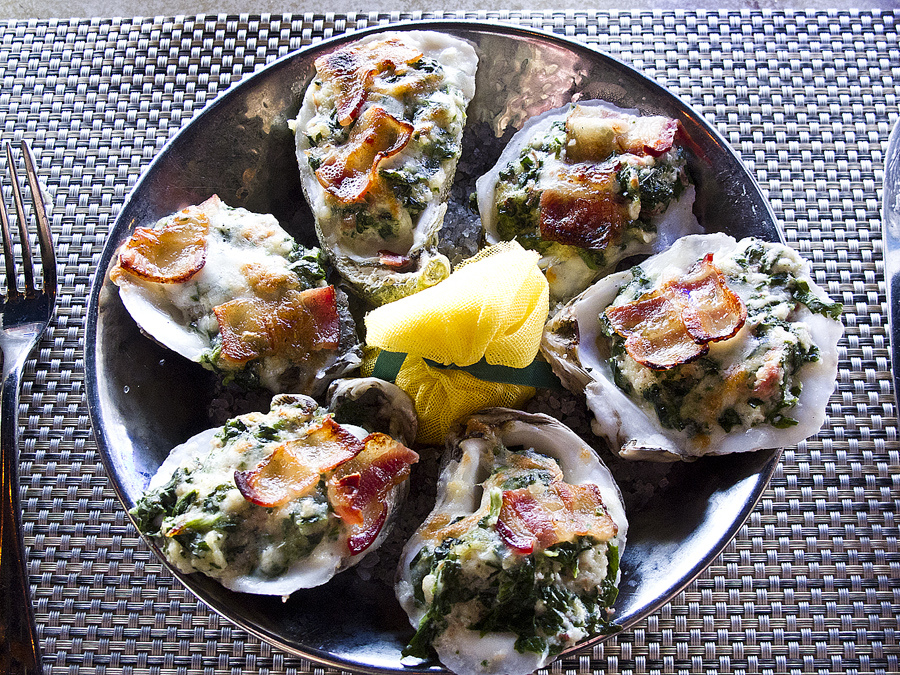
Oysters can be overwhelming if you try them without guidance or in a place where they aren’t handled properly. A warm oyster that wasn’t shucked well can turn anyone off. Fresh oysters on ice with lemon or a light mignonette are completely different. They taste clean, sweet, and crisp. You also learn that different regions produce different flavors, so one style might not appeal while another becomes your favorite. Freshness and preparation make all the difference. With the right introduction, even people who swore they would never eat oysters suddenly understand their appeal. Once you have that lightbulb moment, you start picking favorites and exploring new varieties.
4. Tofu
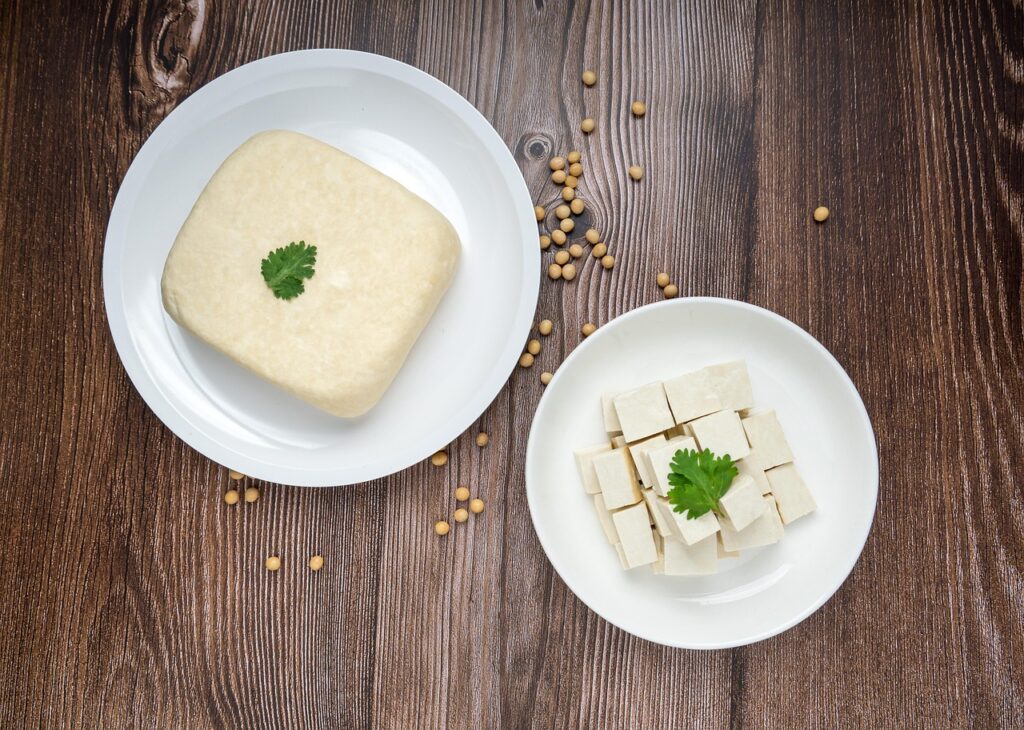
Tofu tastes bland when it isn’t seasoned or cooked with enough heat. When you press it, marinate it, and pan fry or bake it, tofu absorbs flavor and develops texture. You start noticing that it’s less about the tofu itself and more about what you put into it. It works in stir fries, soups, sandwiches, and breakfast scrambles. When you finally try tofu prepared well, you stop seeing it as a meat substitute and start appreciating it as a great ingredient on its own. You also realize how useful it is for taking on whatever sauce or seasoning you’re working with. That flexibility is what turns nonbelievers into fans.
5. Blue Cheese

Blue cheese can be overwhelming when you first taste it alone, especially if you start with a strong version. Pair it with figs, steak, pears, or honey and the bold flavor becomes balanced and rich. You also learn that not all blue cheese is the same. Some are creamy and mild while others are sharp and intense. With the right pairing, you go from wondering why anyone eats it to understanding why chefs use it to elevate dishes. Once you treat it as a complementary flavor instead of a main event, it becomes easier to appreciate. Over time, you might even start enjoying it plain.
6. Kimchi

If you try kimchi before you’re used to fermented foods, it can taste sharp and aggressive. A good batch has crunch, balanced heat, and deep flavor. Pair it with rice, noodles, or grilled meat and the flavors make more sense. You start to see that kimchi is more than a side dish. It adds brightness, complexity, and helps digestion. The turning point is tasting kimchi that’s fermented properly and not past its prime. Once you learn how different recipes and fermentation levels change the character, you start developing preferences. It becomes something you reach for to improve a meal rather than something you hesitate over.
7. Coffee

Growing up with instant or diner coffee can make you think that all coffee tastes bitter and harsh. Freshly ground beans brewed at the right strength taste completely different. Depending on the roast and origin, you might taste caramel, fruit, nuts, or floral notes naturally present in the beans. You also learn that different people prefer different roasts. Once brewed well, coffee becomes something you enjoy instead of something you drink just to wake up. With milk, sugar, or black, it becomes a ritual you look forward to. That shift from necessity to pleasure is what makes coffee win people over.
8. Eggplant
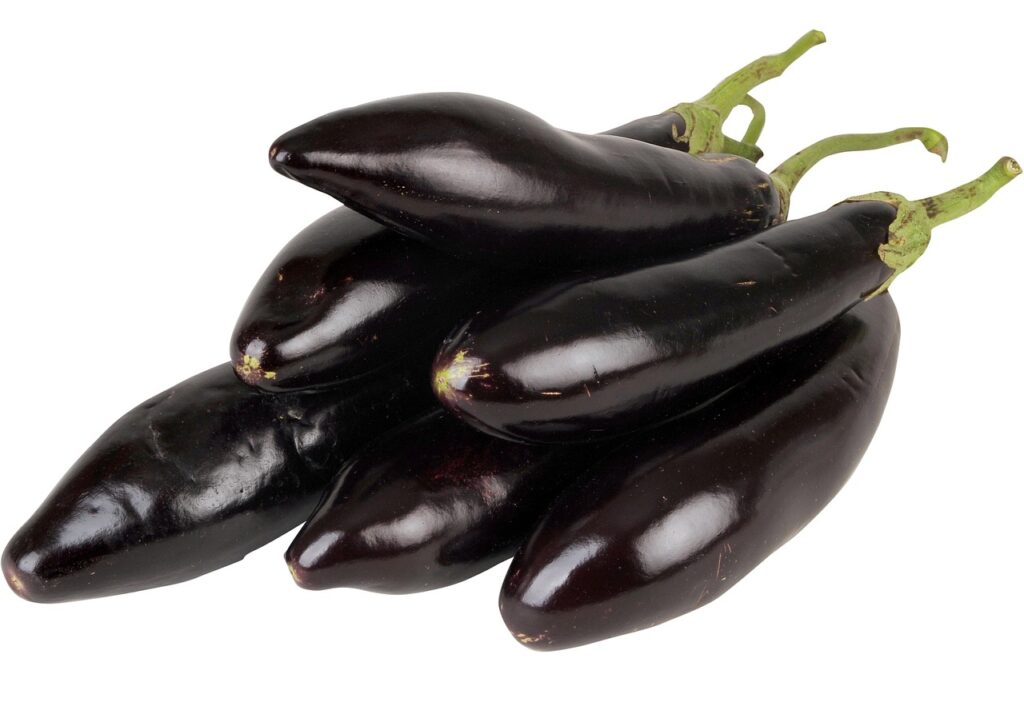
Eggplant gets slimy or bitter when it isn’t salted, drained, or cooked correctly, which ruins the experience. Roasting or grilling it until tender brings out its creamy texture. Dishes like baba ghanoush, eggplant parmesan, or grilled slices with olive oil show how rich and savory it can be. Once you try eggplant prepared well, you stop seeing it as a vegetable you endure and start appreciating what it brings to a meal. You also notice how easily it absorbs herbs, sauces, and spices. Instead of being bland, it becomes the foundation of dishes with real depth.
9. Liver

Liver tastes metallic when it’s overcooked, which is how many people first encounter it. When handled gently and seasoned correctly, it becomes rich and tender with a flavor similar to steak. Pate, chicken liver toast, and liver with onions are classic dishes that highlight what good preparation can do. The issue isn’t the ingredient. It’s technique. Cooked well, liver feels refined instead of harsh. Once you try it prepared the right way, you understand why older generations loved it. It becomes less of an acquired taste and more of a rediscovered classic.
10. Anchovies

If your first taste of anchovies is a salty pizza topping, it makes sense that you might never try them again. In most dishes, anchovies melt into sauces and dressings, adding depth without tasting fishy. Caesar dressing and pasta puttanesca are examples where anchovies improve flavor quietly. Once you learn to use them correctly, you stop noticing them as an ingredient and start noticing how much better everything tastes. You realize anchovies aren’t meant to dominate but to support other flavors. After that shift, you start appreciating what they contribute.
11. Bitter Gourd
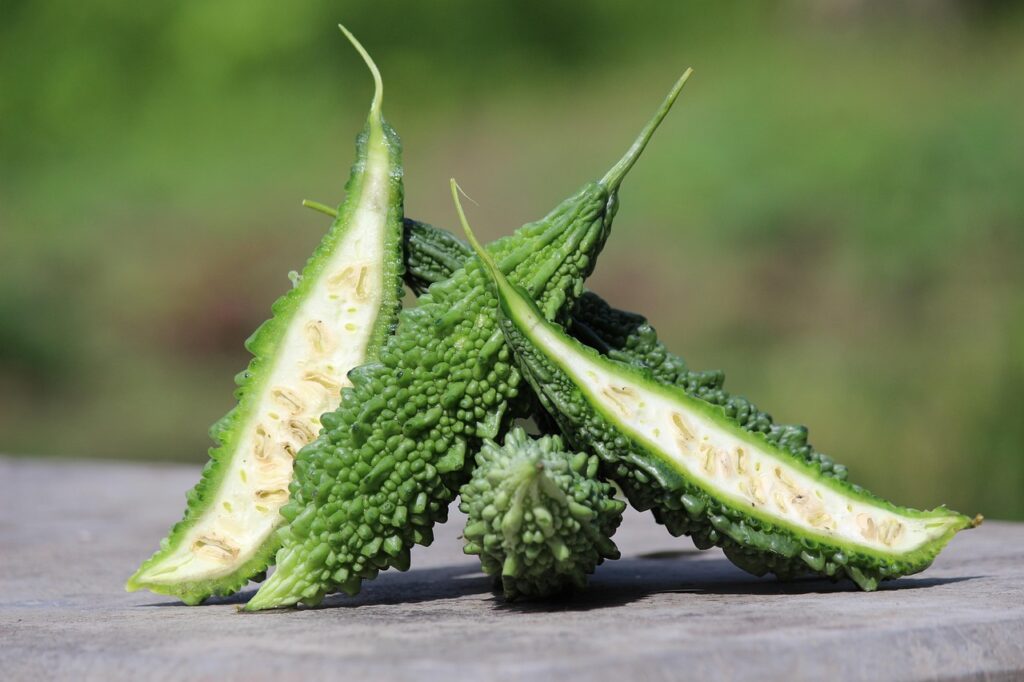
Bitter gourd has a strong flavor if cooked without care. Many cooks salt or blanch it first to tone down the bitterness, then stir fry it with onions, spices, and aromatics. When prepared well, it tastes earthy and satisfying rather than harsh. You begin to understand why people value it for both flavor and nutrition. When cooked properly, bitterness becomes part of a complete flavor instead of something unpleasant. Over time, you might even start enjoying that bitterness the same way people enjoy coffee or dark chocolate. It becomes a flavor with character rather than a flaw.
12. Artichokes
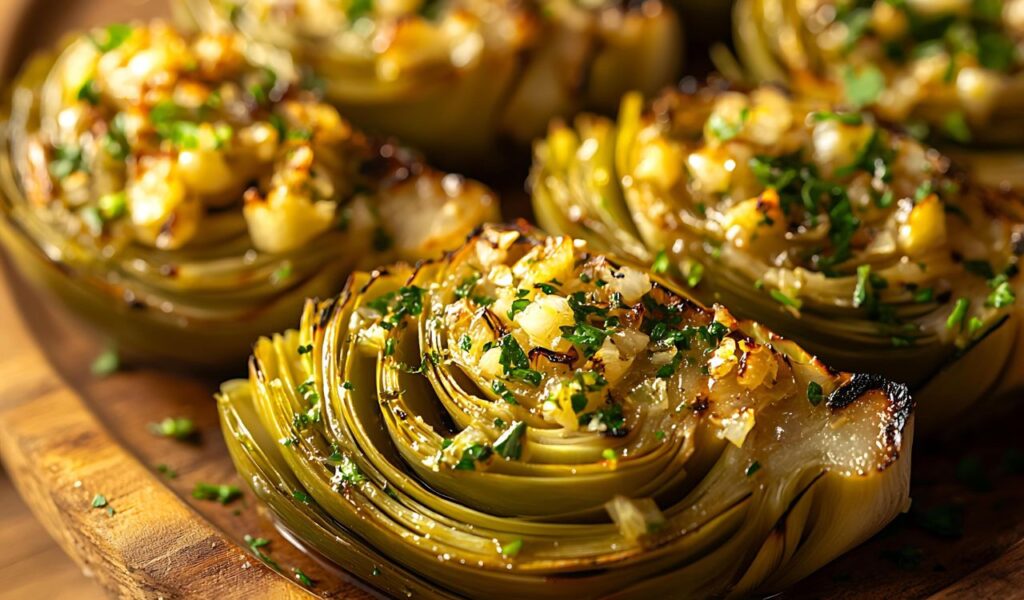
Artichokes can be confusing and bland when boiled without seasoning. When roasted or steamed with lemon, herbs, and olive oil, they develop a delicate, nutty flavor that feels special. Eating them with a dipping sauce makes the experience enjoyable and memorable. Artichoke hearts also work beautifully in pizza, salads, and pasta. Good preparation reveals what makes them worth eating. Once you learn how to trim and cook them, the process stops feeling intimidating. That’s when artichokes shift from something you avoid to something you serve proudly.







